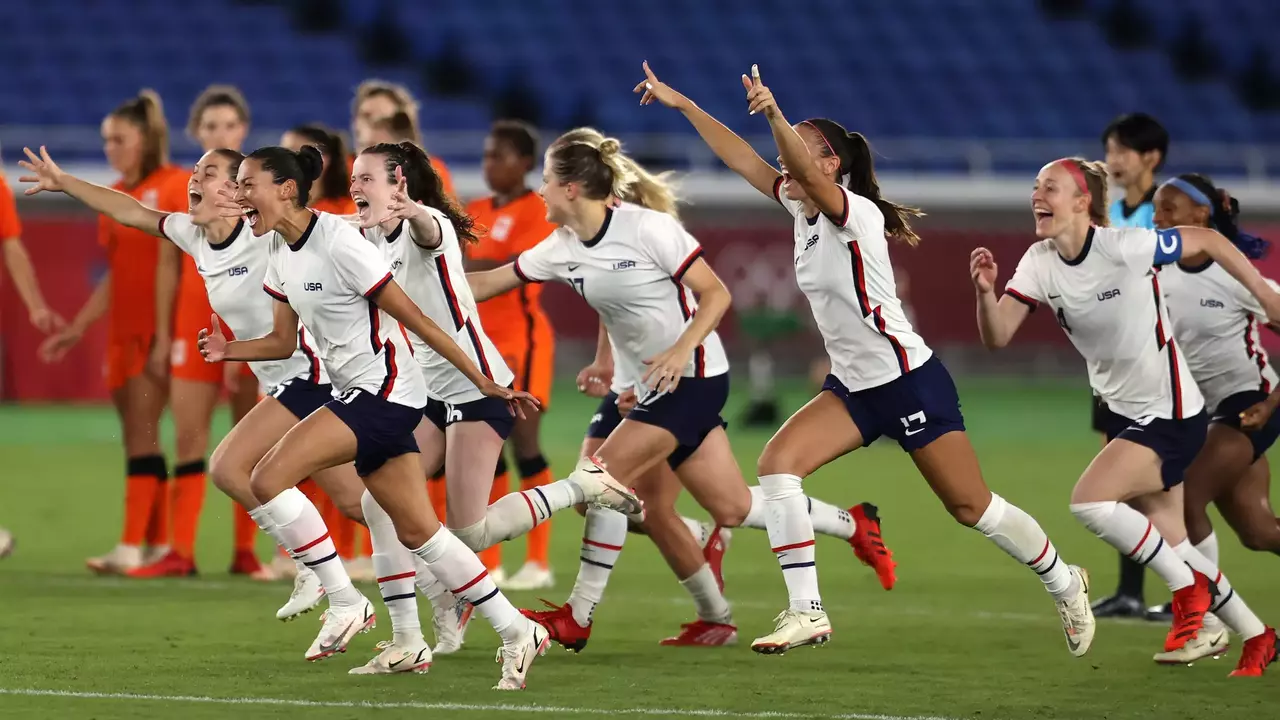Why is the US not stronger as a global soccer power?
 Jul, 26 2023
Jul, 26 2023
Understanding the Cultural Landscape
Let's start with the basics. The U.S. is a country driven by sports, but it has a different sporting culture compared to most nations. The major sports such as American football, basketball, and baseball have dominated the hearts and minds of Americans for generations. Soccer, or as it is known elsewhere, football, is just not a quintessential part of the American sports scene. The popularity of soccer has been growing, but it still lags behind the traditional American sports.
Development and Infrastructure
The U.S. does not have a strong youth development system for soccer compared to countries where the sport is a national passion. In countries like Brazil, Argentina, Spain, and Germany, young talents are identified at a very young age and nurtured through well-structured youth development programs. These programs provide the necessary training, exposure, and competition to mold them into world-class players.
College Soccer vs. Professional Academies
The U.S. has a unique approach to sports development, where a lot of emphasis is placed on college sports. But when it comes to soccer, this system may not be the most effective. Professional soccer academies in other countries offer a more rigorous training regimen, earlier professional experience, and exposure to higher levels of competition.
Financial Factors
Let's talk money. Soccer in the U.S. is an expensive sport to play at a youth level. This often excludes lower-income families whose children may have potential. The cost of joining competitive soccer clubs, buying necessary gear, and travelling for tournaments can add up. In contrast, other countries have community clubs and pick-up games, allowing more kids to play and develop skills without such a hefty price tag.
Lack of Top-Tier Domestic Competition
Moving on to the professional level, the Major League Soccer (MLS) has made great strides in recent years. However, it still lacks the prestige and competitive intensity found in European leagues. Most of the world's best players play in Europe, and American players often have to make the difficult decision to move abroad to play against the best and continue their development.
The Coaching Conundrum
Coaching is also a major factor. In the U.S., we lack a sufficient number of qualified and experienced soccer coaches, especially at the youth level. This can lead to inadequate training and development during crucial formative years. Many countries with strong soccer cultures have a surplus of experienced, highly-qualified coaches.
Changing Perception
Perception matters. For a long time, soccer in the U.S. has been viewed as a sport for children or a women's sport. Even though this perception is gradually changing, it creates a lack of serious commitment to the sport at an early age, which is critical for technical development.
International Recognition
International recognition is also an issue. The U.S. national team has not been able to achieve significant success on the international stage, like winning a World Cup. This lack of success can deter young players from fully committing to the sport and can also affect the nation's enthusiasm and support for soccer.
The Path Forward
Despite these challenges, the future of U.S. soccer looks promising. With the growth of MLS, increasing popularity of the sport, and the hosting of the 2026 World Cup, there is a great opportunity to improve the state of soccer in the U.S. It will require significant changes and investments in youth development, coaching, and infrastructure, but the potential rewards are immense. The journey to becoming a global soccer power is a long one, but it's one that we're capable of making.